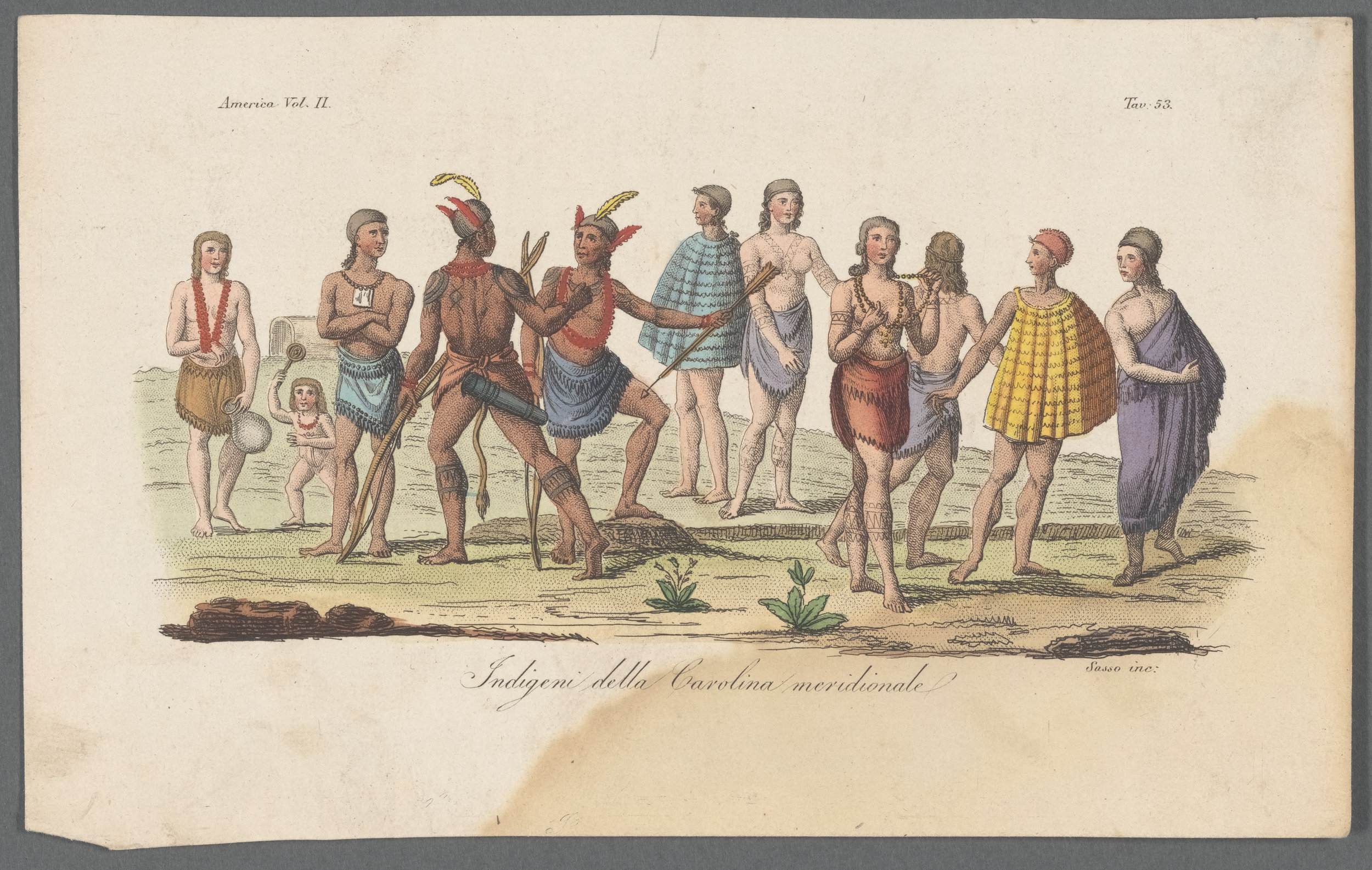Opinion: Why It’s Time to Stop Using the Word "Garb"
This semester at Harvard University, I had the pleasure of teaching Julissa Higgins in both my course on fashion and slavery and another junior tutorial on art and politics in Latin America. In these courses, we used clothing and adornment as a critical lens through which to understand the past and modern world.
Julissa is a budding scholar of fashion and talented photographer with aspirations of launching on her clothing label. Below Julissa explores the power of language to marginalize traditional clothing practice and makers. She argues that the word “garb” has become shorthand for non-Western clothing and questions its use in popular media and academia.
The term “garb,” as in “a style of apparel” is not as innocent as it sounds. In fashion studies, but also within culture at-large, it’s usually used to refer to any clothing that is not Western, non-neutral, and not considered “fashion.” [1]
When we talk about clothing from other cultures that we don’t have a name for—a traditional Colombian “pollera” or a Native American “jingle” dress—we often give it a general name. In other words, “garb” is a word that has come to mean any clothing that falls outside the category of typical Western fashion.
In anthropological and ethnographic studies, the clothes of the population studied, especially if they are from past civilizations, is often thought as holding a distinctive quality. This distinctiveness is not necessarily a unique one but more unfamiliar, or even peculiar. Even a Teen Vogue article about calling out cultural appropriation uses the term to describe clothing from around the world. In the past, Whas used it to compare "Asian garb" to "Western clothes," to describe the "Native garb" that designer Eiko Ishioka’s Moroccan, Indian, and Kenyan models wore, and to define kimonos as "traditional Japanese garb." Other fashion magazines, including GQ and Harper’s Bazaar, have also used the term in similar ways.
Differently, we only call fashion that which we would actually wear. When clothing is trendy it is fashionable. A Chilean poncho is not considered fashionable until it is rebranded by Burberry or H&M as such. If we would not wear it, it is automatically classified into another pile: garb—a term that has become broadly synonymous with everything else. The terms “folk dress” and “costume,” as a number of scholars have pointed out, are wielded for similar purposes.
The double standard is particularly visible when one is referring to high fashion items, or a category of clothing that is highly politicized: just because a high fashion item is old or distinctive does not mean it is defined as garb. It might be labeled “vintage,” instead. Traditional clothing, however, does not merit the same label because it is not taken as seriously in the industry. The explanation that traditional clothing is called “garb” because it is distinctive does not hold.
In her book Fashion-ology: An Introduction to Fashion Studies, Yuniya Kawamura argues that fashion production and clothing production are not the same thing. Clothing production is the production of clothes themselves; fashion production is the production of the rules and system that govern the industry. A factory in Shenzhen, China produces clothes, for example, while Vogue produces fashion.
Kawamura argues that the fashion system as we know it in the western world only exists in the Western world. This is why ethnographers studying non-western cultures often resort to words like garb— because according to Kawamura, “fashion is a systematic change produced by those who are authorized to implement it” and that fashion system they are a part of only exists in the West (though it’s often produced in the developing world).
So why is using the word garb bad? Part of the reason is that it holds up the clothing to a Western, Eurocentric standard. The word garb suggests otherness, and oftentimes even inferiority. It suggests that a particular clothing item or the clothing of a particular culture is not modern enough to qualify as fashion.
Why should we care? The bottom line is that words matter. The words used by scholars and in fashion media discourse enter into the public’s collective imaginings. Repeating a word normalizes it, and establishes that which is the norm and that which is other. When garb is used in fashion studies, it becomes a proper academic term. When a magazine uses it, the public sees it and adopts this same problematic language.
The good news is that there are plenty of words that can be used instead. The words “dress” and “attire” offer two possible alternatives that are more neutral. In this way, we prevent marking the clothing of a culture as inferior or not worthy of the title fashion.
Maybe it’s time we pay attention to the things we consider garb.
Notes
[1] For examples of the use of the word garb in academic texts, Penny Edwards, "Restyling Colonial Cambodia (1860 –1954): French Dressing, Indigenous Custom and National Costume," Fashion Theory 5:4, 389-416; Mukti Khaire, "Fashioning an Industry: Socio-cognitive Processes in the Construction of Worth of a New Industry," Organization Studies 35, no. 1 (2014): 41-74.



